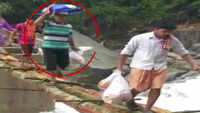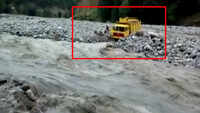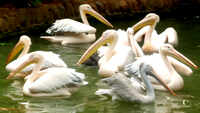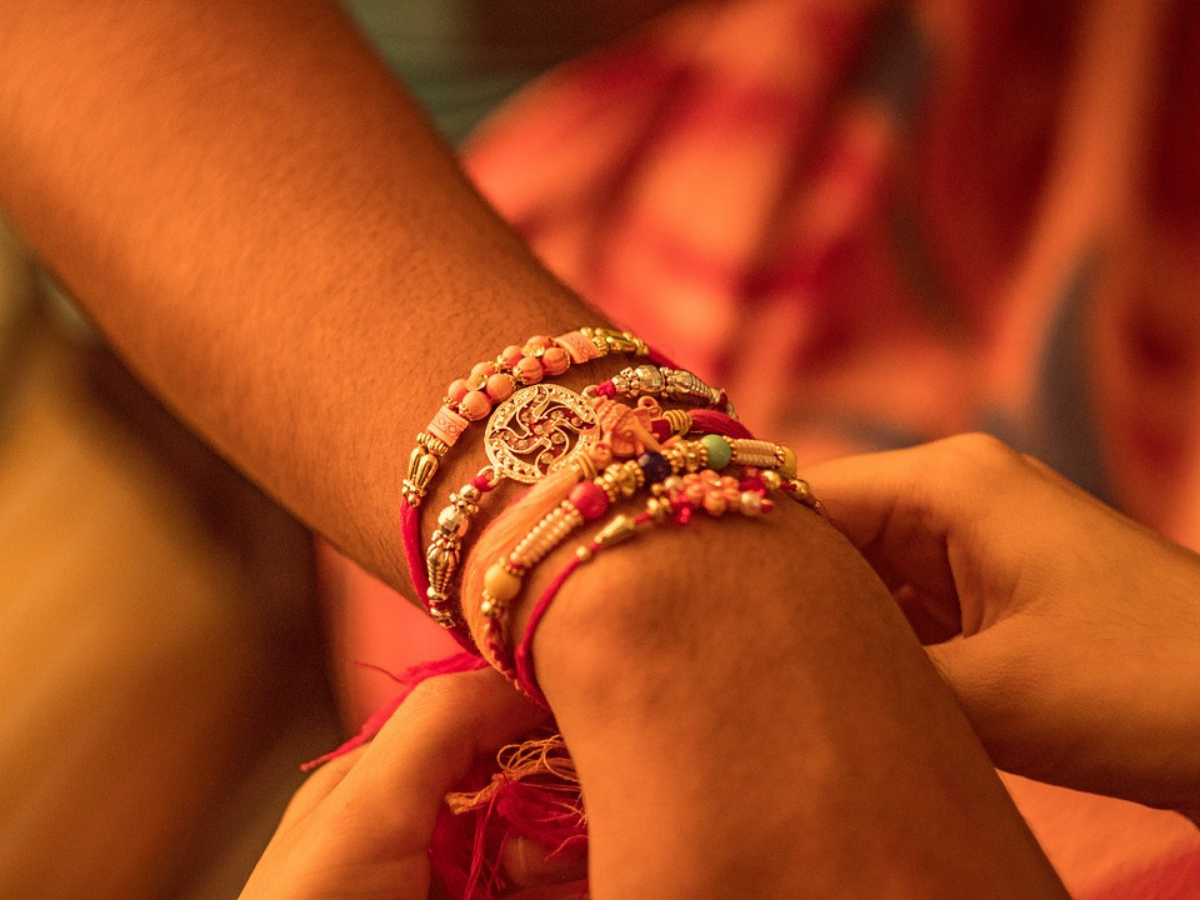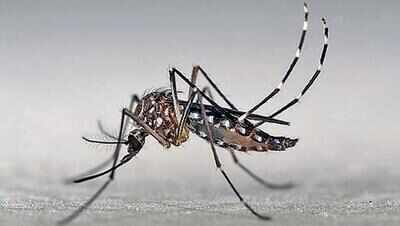
BENGALURU: In the first ten days of July 2019, there were 1,300 new cases of dengue fever in the city. The number of unrecorded cases could be much higher. City doctors have been swamped, some seeing as many as 80 to 100 new cases every week. And whatever the BBMP says it has been doing, it obviously hasn’t been working.
Dengue is caused by the DENV virus, a member of the family of viruses called Flaviviridae. The main vector for the DENV virus is the Aedes Aegypti virus – which can also spread chikungunya, Zika fever, mayaro (a predominantly South American disease, which so far hasn’t spread to India) and yellow fever. The Aedes Aegypti mosquito can be recognized by the noticeable black and white markings on their bodies and legs – a feature of all mosquitoes of the genus aedus. Unlike most other mosquitoes, they are active and bite only during the daytime. The peak biting periods are early in the morning and in the evening before dusk. And no amount of erratic pesticide sprays in erratically chosen areas of Bengaluru have been able to keep these mosquitoes down.
The Greatest Killer
In 2009, Bill Gates gave a TED talk about malaria. As part of the talk, Gates released a jar full of mosquitoes into the audience, saying “Not only poor people should experience this”. The point he was trying to make was that while mosquito-borne diseases were not a significant threat in countries with temperate climates, they were a major cause of death in tropical countries. Mosquitoes kill more people every year than every other species – including humans – combined.
One reason is their adaptability. The Aedes Aegypti mosquito originated in Africa, as indicated by its name, but has spread throughout the world. The Aedes has adapted incredibly well to urban environments: it feeds only on humans and can lay eggs in a wide range of outdoors and indoors containers. The anopheles mosquito (the word anopheles is derived from the Greek word for “useless”) spread across India with the railroads, causing malaria epidemics, as the stagnant water in trenches dug by track layers proved fertile breeding areas. And dengue came to Bengaluru in big way from West Bengal in 1991, says Dr. Sanjiv Lewin, chief of medical services, St John’s Medical College Hospital.
The Bengaluru Beginning
In 1990, Thailand had been ravaged by dengue – but the disease was more or less unknown in the city. At that time, Lewin was a postgraduate medical student. As part of his work, he had to examine a group of children with puzzling symptoms. “The hospital admitted four girls between the age groups of six to ten with a fever that lasted for a week and subsided. Again, after three days, the fever would come back leading the kids to collapse in a state of shock. Their heart rates were very low, and they developed red rashes all over the body. But they quickly recovered from the fever.”
This being the pre-Google era, Lewin and his colleagues went back to their textbooks and discovered that the symptoms the girls exhibited were those of an obscure “tropical” disease called Dengue. “It was unheard of at the time,” he says.
The doctors soon found out that all the patients came from what was then the Mysore and Hoskote Roads. And they found that coconut shells, discarded by the numerous sellers of coconut water by the roadside had collected rainwater – as had old rubber tyre tubes discarded on the roadsides. These had become breeding grounds for the vector for dengue, the Aedes mosquito.
Dengue in Bangalore was such an unheard of phenomenon that Lewin, along with his colleagues, Drs Pandit and Yeshwanth, presented a paper the disease as “probably heralding a new cause of morbidity and mortality in children”.
It turns out they were being optimistic in their assessment.
This year, over 5000 people – children and adults – have been diagnosed with dengue. A staggering 12 percent of these cases were reported in the four days leading up to Independence Day.
The Slave Disease
As mentioned earlier, the Aedes mosquitoes (there are two common kinds – the Aedes Aegypti, and a sister species, the Aedes Albopictus, which was originally from Southeast Asia) are the most common carriers of dengue. The Aedes Aegypti mosquito was originally from Africa, but made its way to the Americas as a result of the slave trade. In 1827, almost all the 12,000 population of the island of St. Thomas in the West Indies had been afflicted by the disease. The result was that people moved about with an affected gait – moved as though they disliked moving. The locals of the Carribean and southern parts of the US called the disease “dandy fever” as a result.
The word dengue owes its origin to the Kiswahili word kidingapopo, shortened to dinga by West Indian Spanish slaves. From there, it became dengue, combining both the original Kiswahili word and the Spanish word for fastidiousness – a reference to the patients’ dislike of movement.
In Europe, the disease is more likely to be caused by the Albopictus mosquito. The Albopictus has been classified as an invasive species by the Global Invasive Species Database. The Albopictus, or the tiger mosquito, first made its way to Europe through Albania in 1979, through a shipment of Chinese goods. The mosquito made its way to Italy through the used tyre trade, and has spread all across Europe since then.
Prevention and Cure
Despite there being a dengue vaccine, it is only recommended for people who have already had the disease once, and the manufacturer has recommended that outcomes may be worsened in those who have not been previously infected. Among insect repellents, those containing diethyltoluamide (DEET) are acknowledged to be the most effective. The US Center for Disease Control and Prevention recommends 30–50% DEET to prevent the spread of pathogens carried by insects.
The World Mosquito Program supports a programme that uses bacteria to make mosquitoes harmless, called the Wolbachia method, it utilises the eponymous bacteria to infect the mosquito. Wolbachia infected mosquitoes do not transmit the dengue virus.
However, it seems that for Bengalureans, their best bet is to cover as much of their bodies as spossible, and hope for the best.
Dengue is caused by the DENV virus, a member of the family of viruses called Flaviviridae. The main vector for the DENV virus is the Aedes Aegypti virus – which can also spread chikungunya, Zika fever, mayaro (a predominantly South American disease, which so far hasn’t spread to India) and yellow fever. The Aedes Aegypti mosquito can be recognized by the noticeable black and white markings on their bodies and legs – a feature of all mosquitoes of the genus aedus. Unlike most other mosquitoes, they are active and bite only during the daytime. The peak biting periods are early in the morning and in the evening before dusk. And no amount of erratic pesticide sprays in erratically chosen areas of Bengaluru have been able to keep these mosquitoes down.
The Greatest Killer
In 2009, Bill Gates gave a TED talk about malaria. As part of the talk, Gates released a jar full of mosquitoes into the audience, saying “Not only poor people should experience this”. The point he was trying to make was that while mosquito-borne diseases were not a significant threat in countries with temperate climates, they were a major cause of death in tropical countries. Mosquitoes kill more people every year than every other species – including humans – combined.
One reason is their adaptability. The Aedes Aegypti mosquito originated in Africa, as indicated by its name, but has spread throughout the world. The Aedes has adapted incredibly well to urban environments: it feeds only on humans and can lay eggs in a wide range of outdoors and indoors containers. The anopheles mosquito (the word anopheles is derived from the Greek word for “useless”) spread across India with the railroads, causing malaria epidemics, as the stagnant water in trenches dug by track layers proved fertile breeding areas. And dengue came to Bengaluru in big way from West Bengal in 1991, says Dr. Sanjiv Lewin, chief of medical services, St John’s Medical College Hospital.
The Bengaluru Beginning
In 1990, Thailand had been ravaged by dengue – but the disease was more or less unknown in the city. At that time, Lewin was a postgraduate medical student. As part of his work, he had to examine a group of children with puzzling symptoms. “The hospital admitted four girls between the age groups of six to ten with a fever that lasted for a week and subsided. Again, after three days, the fever would come back leading the kids to collapse in a state of shock. Their heart rates were very low, and they developed red rashes all over the body. But they quickly recovered from the fever.”
This being the pre-Google era, Lewin and his colleagues went back to their textbooks and discovered that the symptoms the girls exhibited were those of an obscure “tropical” disease called Dengue. “It was unheard of at the time,” he says.
The doctors soon found out that all the patients came from what was then the Mysore and Hoskote Roads. And they found that coconut shells, discarded by the numerous sellers of coconut water by the roadside had collected rainwater – as had old rubber tyre tubes discarded on the roadsides. These had become breeding grounds for the vector for dengue, the Aedes mosquito.
Dengue in Bangalore was such an unheard of phenomenon that Lewin, along with his colleagues, Drs Pandit and Yeshwanth, presented a paper the disease as “probably heralding a new cause of morbidity and mortality in children”.
It turns out they were being optimistic in their assessment.
This year, over 5000 people – children and adults – have been diagnosed with dengue. A staggering 12 percent of these cases were reported in the four days leading up to Independence Day.
The Slave Disease
As mentioned earlier, the Aedes mosquitoes (there are two common kinds – the Aedes Aegypti, and a sister species, the Aedes Albopictus, which was originally from Southeast Asia) are the most common carriers of dengue. The Aedes Aegypti mosquito was originally from Africa, but made its way to the Americas as a result of the slave trade. In 1827, almost all the 12,000 population of the island of St. Thomas in the West Indies had been afflicted by the disease. The result was that people moved about with an affected gait – moved as though they disliked moving. The locals of the Carribean and southern parts of the US called the disease “dandy fever” as a result.
The word dengue owes its origin to the Kiswahili word kidingapopo, shortened to dinga by West Indian Spanish slaves. From there, it became dengue, combining both the original Kiswahili word and the Spanish word for fastidiousness – a reference to the patients’ dislike of movement.
In Europe, the disease is more likely to be caused by the Albopictus mosquito. The Albopictus has been classified as an invasive species by the Global Invasive Species Database. The Albopictus, or the tiger mosquito, first made its way to Europe through Albania in 1979, through a shipment of Chinese goods. The mosquito made its way to Italy through the used tyre trade, and has spread all across Europe since then.
Prevention and Cure
Despite there being a dengue vaccine, it is only recommended for people who have already had the disease once, and the manufacturer has recommended that outcomes may be worsened in those who have not been previously infected. Among insect repellents, those containing diethyltoluamide (DEET) are acknowledged to be the most effective. The US Center for Disease Control and Prevention recommends 30–50% DEET to prevent the spread of pathogens carried by insects.
The World Mosquito Program supports a programme that uses bacteria to make mosquitoes harmless, called the Wolbachia method, it utilises the eponymous bacteria to infect the mosquito. Wolbachia infected mosquitoes do not transmit the dengue virus.
However, it seems that for Bengalureans, their best bet is to cover as much of their bodies as spossible, and hope for the best.
Quick Links
Lok Sabha Election Schedule 2019Lok Sabha Election NewsDelhi Capitals teamMI team 2019Rajasthan Royals 2019RCB team 2019Maharashtra Lok Sabha ConstituenciesBJP Candidate ListBJP List 2019 TamilnaduShiv Sena List 2019AP BJP List 2019Mamata BanerjeeBJP List 2019 MaharashtraPriyanka GandhiBJP List 2019 KarnatakaAMMK Candidate List 2019BJP List 2019 WBLok Sabha Elections in Tamil NaduBSP List 2019 UPNews in TamilLok Sabha Poll 2019Satta Matka 2018PM ModiMahagathbandhanNagpur BJP Candidate ListChandrababu NaiduTamil Nadu ElectionsUrmila MatondkarNews in TeluguMadras High CourtTejashwi YadavArvind KejriwalTejasvi SuryaPawan KalyanArvind KejriwalYogi AdityanathJaya PradaSatta King 2019Srinagar encounter
Get the app

